Special Exhibits explore diverse topics, from stories than transcend one region or site, to explanations of technological and research methods used by archeologists. The TARL Spotlights are short Special Exhibits which focus on intriguing objects and research from the Texas Archeological Research Laboratory. Jump to Spotlights.

The radiocarbon dating method, the most relied-upon scientific dating tool used in archeology today, estimates the ages of organic materials—wood charcoal, bones, basketry, and much more. Today‘s archeologists routinely send off samples to be dated, yet radiocarbon dating methods remain poorly understood by many archeologists. This exhibit explains the intricacies of radiocarbon dating to serious students of archeology and science lovers to help guide the wielding of this powerful tool.
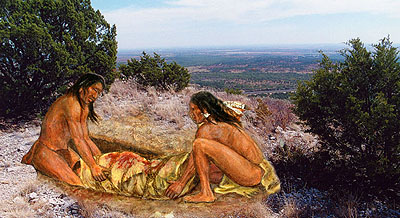
Stone Cairns of West-Central Texas
Hundreds of rock cairns, some marking the graves of Late Prehistoric people, lie atop the mesas and stream terraces near Abilene. These mysterious features may relate to a time of interaction and conflict on the Plains, as different groups vied for resources and territory.
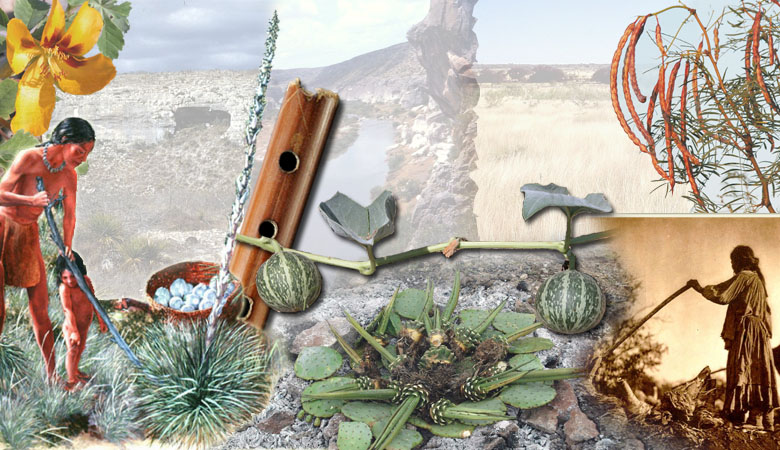
Ethnobotany of the Lower Pecos Canyonlands
The rich archeological evidence from the Lower Pecos Canyonlands in southwest Texas reveals how native peoples who lived in the region throughout prehistoric times made use of many different wild plants for food, medicine, tools, construction, ritual, and fuel. This special exhibit is a teaching and research tool for those who seek to understand the intimate links between plants and people. Many of these plants are also found in adjacent regions and were utilized by native groups across much of the Edwards Plateau, the Trans-Pecos Mountains and Basins, and the South Texas Plains, as well as northern Chihuahua and Coahuila in Mexico.

The earliest accounts of the native peoples of Texas were given to us by Cabeza de Vaca and his companions. Shipwrecked on the Texas Gulf Coast in 1528, these men made their way from the shores near present-day Galveston to Mexico City during a seven-year ordeal. Their reports of that amazing journey provide fascinating—albeit enigmatic—glimpses of native lifeways and the various odd-sounding foods they extracted from often harsh landscapes. Based on studies of traditional foods and cooking technologies, anthropologist and archeologist Alston Thoms infers what the various unidentified roots, tubers,
nuts, fruits, and fish may have been and how they were prepared.
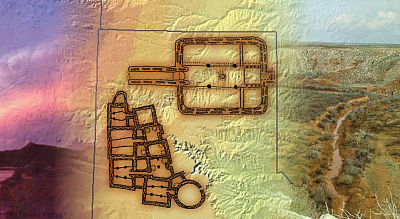
Plains Villagers of the Texas Panhandle
Some 800 years ago, the northern Texas Panhandle was "settled" for the first time by Indian peoples who lived in substantial houses with stone foundations and survived by hunting, gathering, and farming. The Antelope Creek culture of the Canadian River Valley is the best known local example, but archeologists now recognize many variations on the Plains Village theme. Five exhibits help tell the unfolding story of the Plains Villagers of the Texas Panhandle.
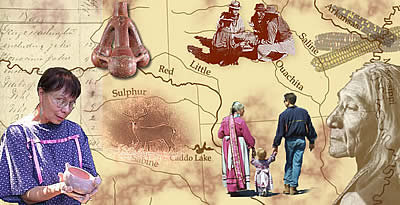
Tejas: Life and Times of the Caddo
Tejas: Life and Times of the Caddo theme exhibit with six interwoven exhibits providing an intimate look at the Caddo's long and distinguished history, at ancient and living Caddo tradition, and at the tribe's many contributions to the cultural heritage of Texas, Louisiana, Arkansas, and Oklahoma. The Tejas exhibits explain who the Caddo are, who they were, where they came from, and what Caddo life was like in different points in time.
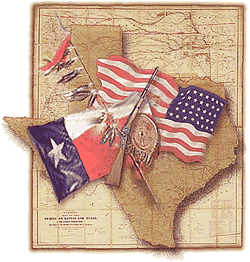
Texas frontier forts are the haunting reminders of the violent cultural conflict that dominated the nineteenth century, as white settlement moved westward across the state into the domain of the Kiowas, Comanches, and other Plains Indians. Over the nearly 50-year period that the U.S. Military patrolled the Texas frontier, some 35 forts and another 20 camps and temporary outposts were constructed. Today, only a few sites with standing structures remain, while the rest are recalled only by a simple marker. In the following web "exhibits," we examine the forces and players that shaped the conflicts and the Army's solutions in four diverse regions across the state.
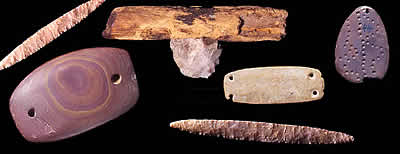
Texas Indians created a great variety of stone tools and ornaments using many of the diverse rocks they found throughout the state and sometimes materials traded from distant sources. While much attention has been placed on projectile points—"arrowheads" including dart points and true arrow points—many of the other kinds of stone artifacts are not well known. This exhibit presents a photo gallery introducing many of the kinds of stone artifacts that archeologists have identified—almost everything except projectile points.
TARL Spotlights
Spotlights are comparatively short Special Exhibits which focus on the research and collections of the Texas Archeological Research Laboratory at the University of Texas-Austin.
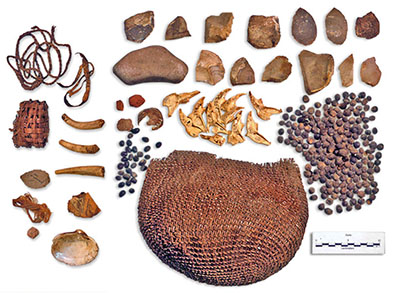
Mystery Cache from the Lower Pecos
Caches and burials connect us in a very personal way to past events and the traditions of ancient cultures. In 1936, archeologists from The University of Texas working in the arid Lower Pecos canyonlands of southwest Texas uncovered what they described as "a find of unusual interest": a twined-fiber bag, filled with an array of objects, and still securely fastened after more than 4000 years. Recent studies of this TARL collection, including technical analyses of stone and bone tools and radiocarbon assays of plant remains, are helping to unlock some of its secrets. More than 80 years after its discovery, we are featuring this rare and little-known collection on TBH and rethinking its significance and meaning.
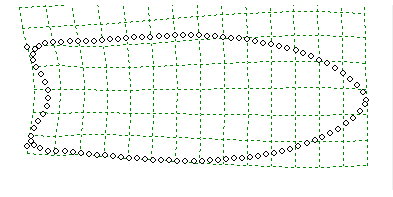
Geometric Morphometrics and Clovis Points
Patterns in the shape and technology of stone tools can provide evidence of past human behavior, technology, movement, and the flow of goods or ideas across a landscape. Today, many anthropological research studies featuring shape analysis of materials, ranging from pottery vessels to Australopithecine and early Homo crania, use a method known as Geometric Morphometrics. Archeologist and Associate Editor of Texas Beyond History, Heather Smith, discusses the Geometric Morphometric method and her use of this approach in her research on the human occupation of the American continents at the end of the last Ice Age.
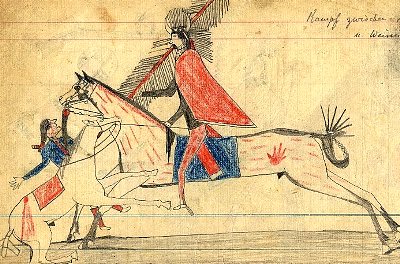
A set of Plains Indian ledger drawings continues to mystify researchers more than 50 years after its acquisition by The University of Texas. Much of what is known about the Schild Ledger Book raises questions—from the identity and tribal affiliation of the artists who created the drawings to the circumstances of the book coming into the possession of a family in Germany. Recording a way of life as it passed into history, these colorful and often complex depictions of battles, buffalo hunts, heroic deeds, and traditional customs have been variously ascribed to the Kiowa, Cheyenne, Arapaho, and Comanche. In this section, we examine questions surrounding the book and provide
an online gallery of prime examples from this collection at TARL.

Archeomalacology: Learning from Snails
A wealth of information about past environments and prehistoric human behavior can be gleaned by studying these seemingly inconsequential mollusks. TARL researcher Ken Brown leads us through the painstaking but fascinating proccesess involved in their study and explains their value as indicators of past climatic conditions and prehistoric dietary habits.

Microwear Analysis of Stone Tools
Using a high-powered microscope and a special reference collection of replicated stone tools, TARL analyst Marilyn Schoberg studies microwear patterns on ancient tools to try to determine how they might have been used and on what materials. In some cases, tools were not used in ways we would expect, based on morphology alone, but hold a complex—and sometimes unexpected—history of use. This feature describes some of the processes involved in the analysis and some of her more interesting findings.